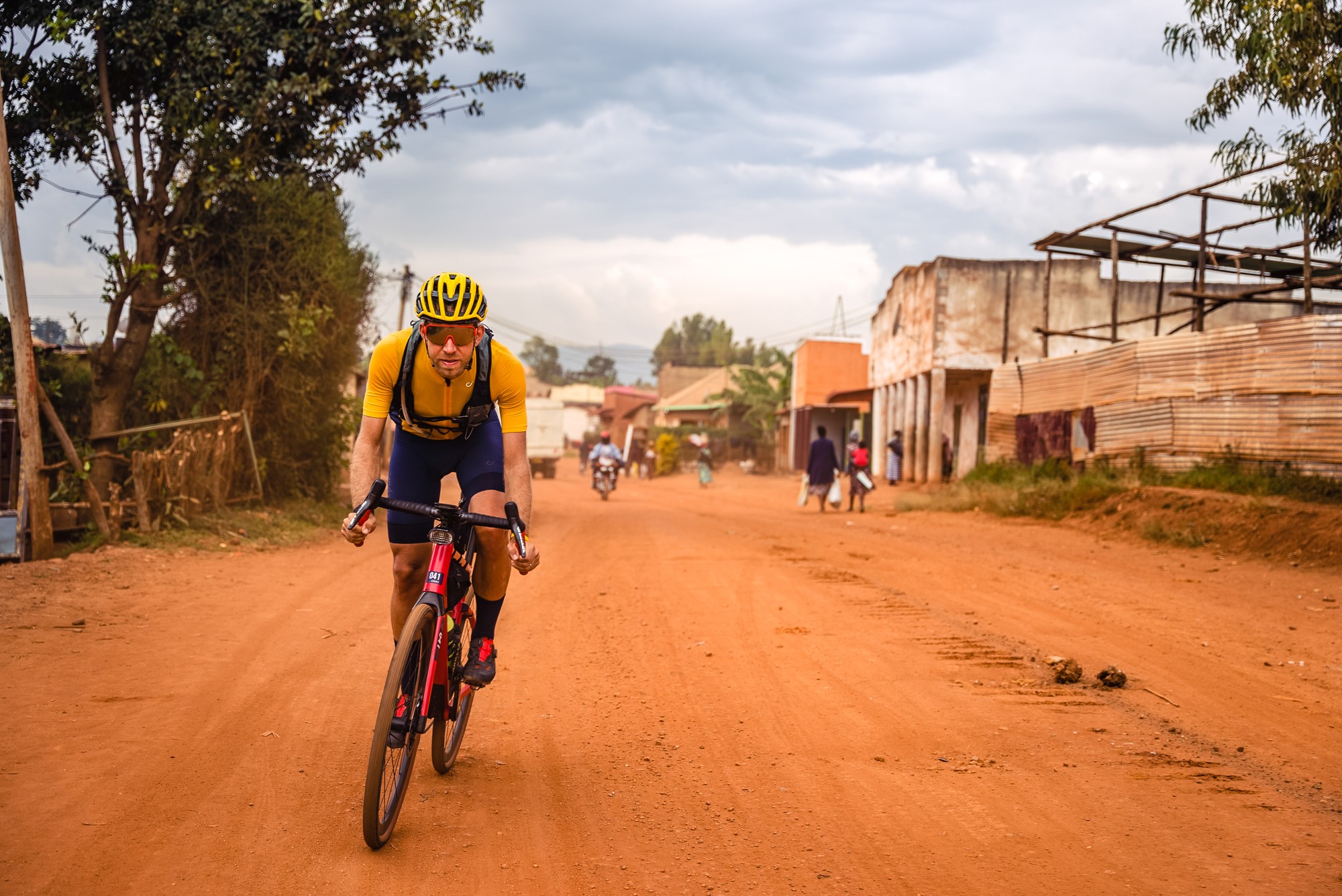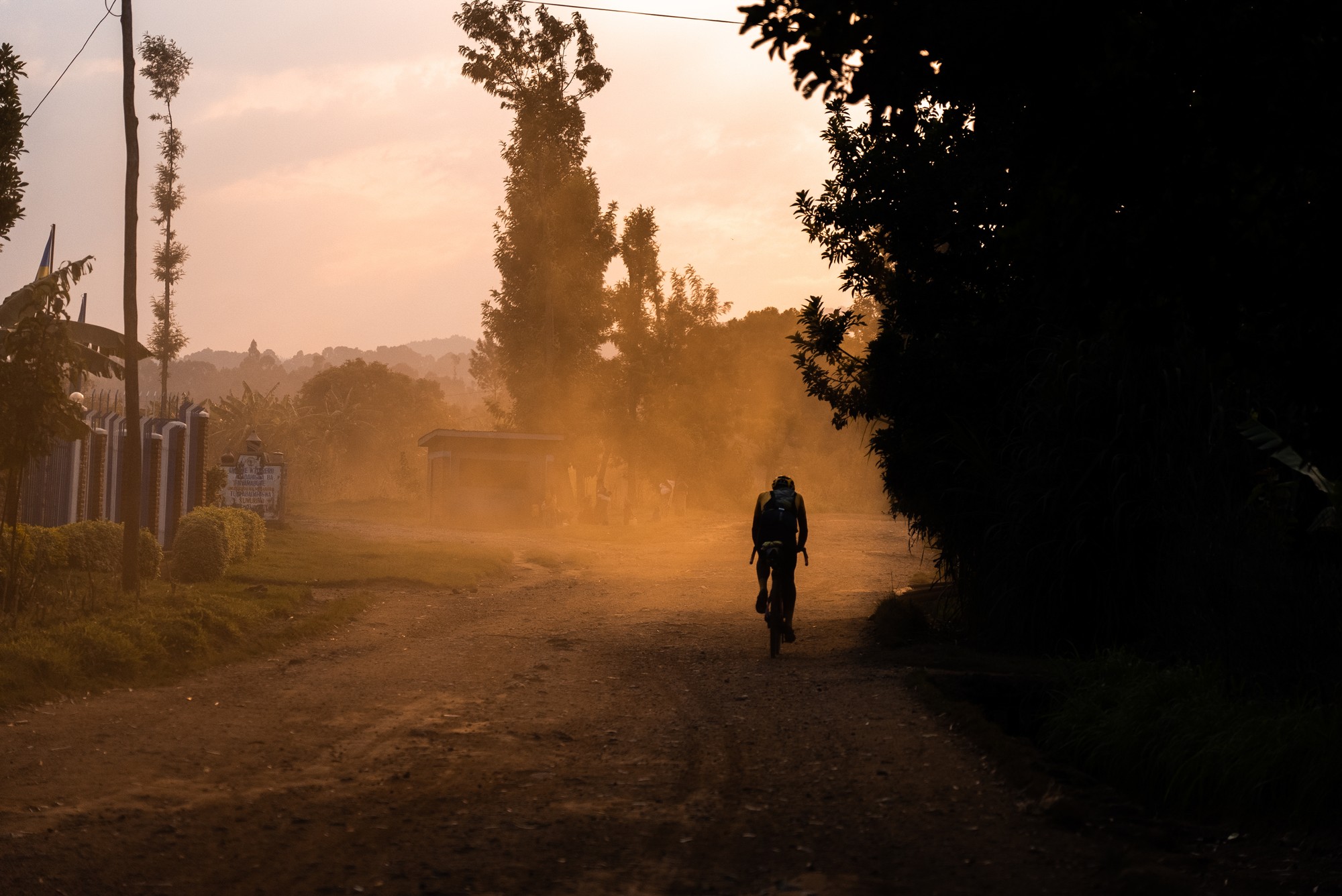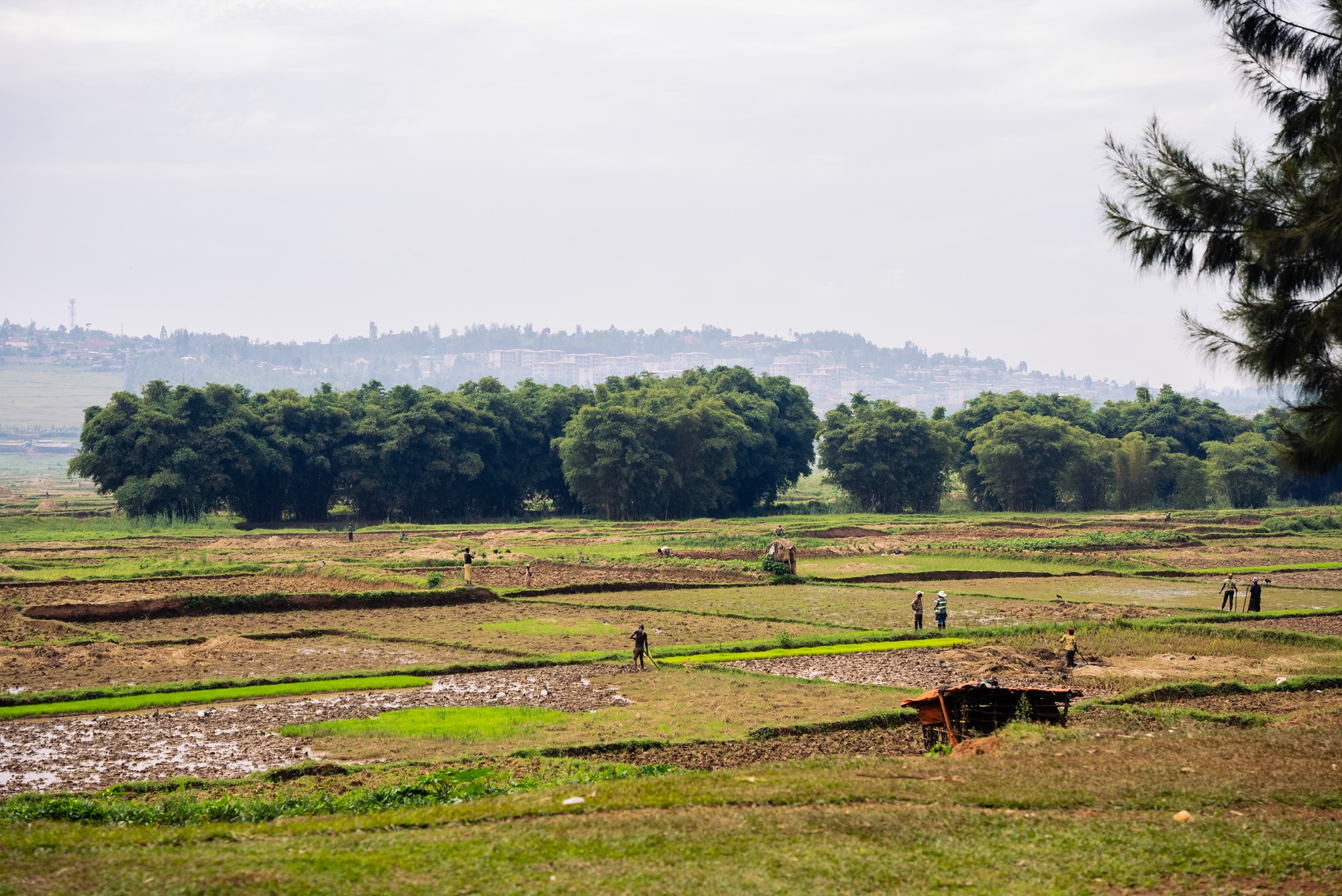It is not the first time we have written a piece about Ulrich Bartholmoes, as every time he joins a race his performance exceeds all expectations. Since his debut and victory in 2019 in Transpyrenees, a race he joined in a quest for a long-distance self-supported challenge, he has won almost every race he has signed up for. Nowadays, he needs more than three hands to count the 16 races out of 20 he has won. But, who says this is an easy task?

Race Around Rwanda is a 1,000 km long self-supported gravel race around Rwanda, with more than 400 km of gravel in a course that changes every year and challenges its participants by accumulating up to 15,000 meters of elevation gain. This year represented the third edition of the race founded by Simon de Schutter, an event that has given so much to the country. Not only has it opened Rwanda to Europe, but it has also started the social movement and organization Rwanda Beyond, which promotes the use of bikes not just as a means of transportation, and helps locals getting into bikepacking, going for group rides, or joining competitive gravel races.
For many, this race represented the start of the 2023 ultra-distance racing calendar, and for Ulrich, this was no different. Flying there one week in advance his idea was to race but also discover the country in a more relaxed bikepacking mood after the race. Rwanda is a safe country with welcoming people, amazing landscapes, and perfect tarmac and gravel roads to ride around.
After months of anticipation, ‘Dirt, Swear and Fever’ is the movie by Issac Wilkinson that documents how Ulrich felt the days before, during, and after that race. A trip he will not soon forget as he experienced a rollercoaster of emotions and physical states.
In brief, on the day of the race he lined up with the rest of the 150 participants at 4.30 AM to start the race. He was mentally ready but not sure of how his body would respond. He had experienced severe fever for the past four days, and it was only the day before he felt an improvement. He had double-checked his bike and stuffed his bags, but this was a situation he had never faced before, an adventure he decided to embark on and take as an experience to learn from.
“This is a testament to the unpredictable nature of ultra-cycling. We aimed to capture the race, but the unexpected fever turned our story into a different, much more human perspective. Everything can happen – and that makes these journeys both physically and emotionally demanding.”
What would happen? How would his body respond? Why join a race when you are not at 100%? These are questions that are answered in the movie and we would not like to spoil them for you. Narrated in the first person, Ulrich really catches our attention from the first moment, describing how he felt and what went through his mind. This is complemented with amazing images of the race, the people, and the landscape. Riders would find ideal tarmac that turned into smooth powdery gravel and finally some long hard rocky sections, all surrounded by red dirt, green grass fields, crowded villages, jungle forests, and mountains up to 3,000 m above sea level. What would this scenario represent to the participants?











